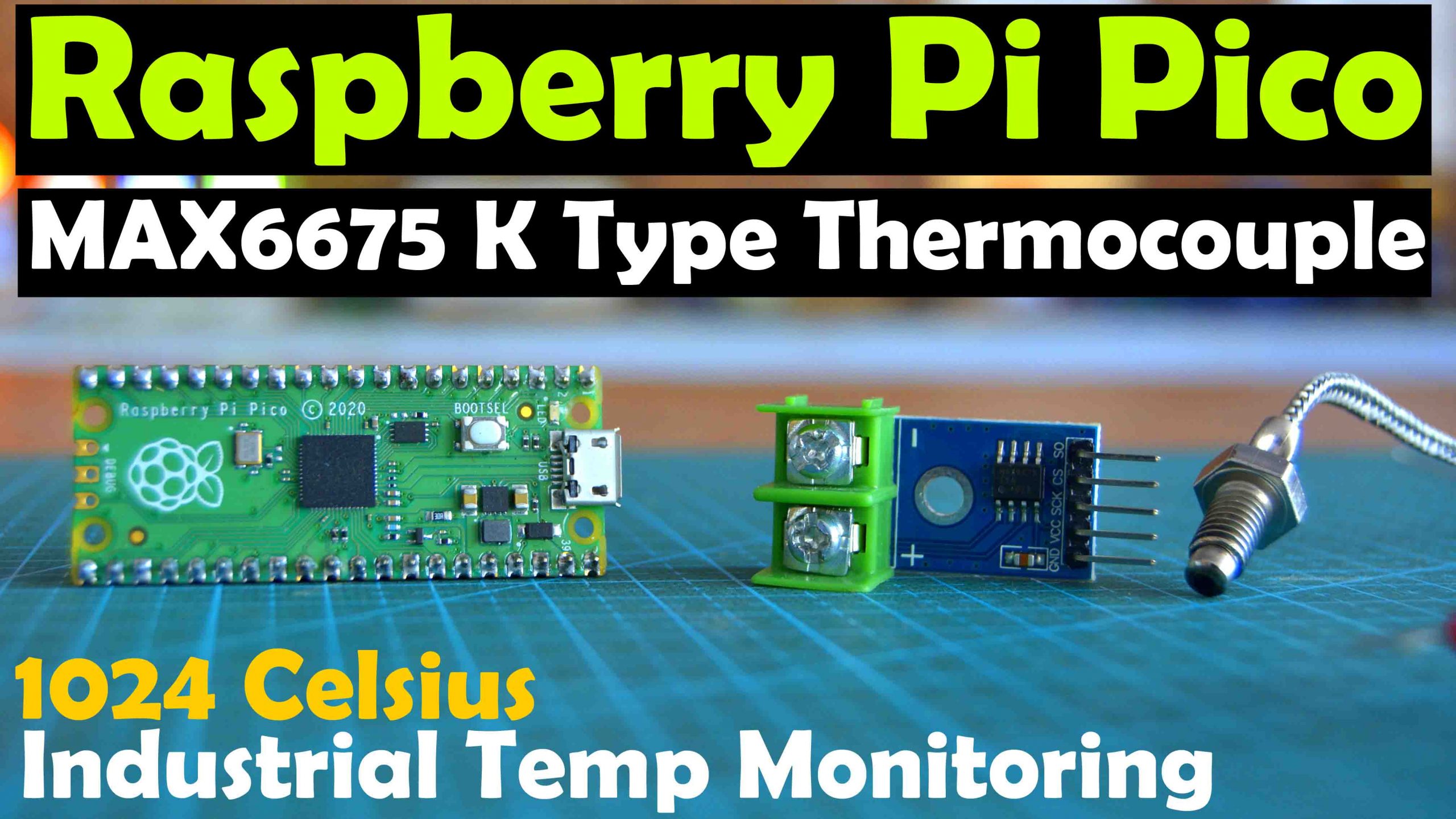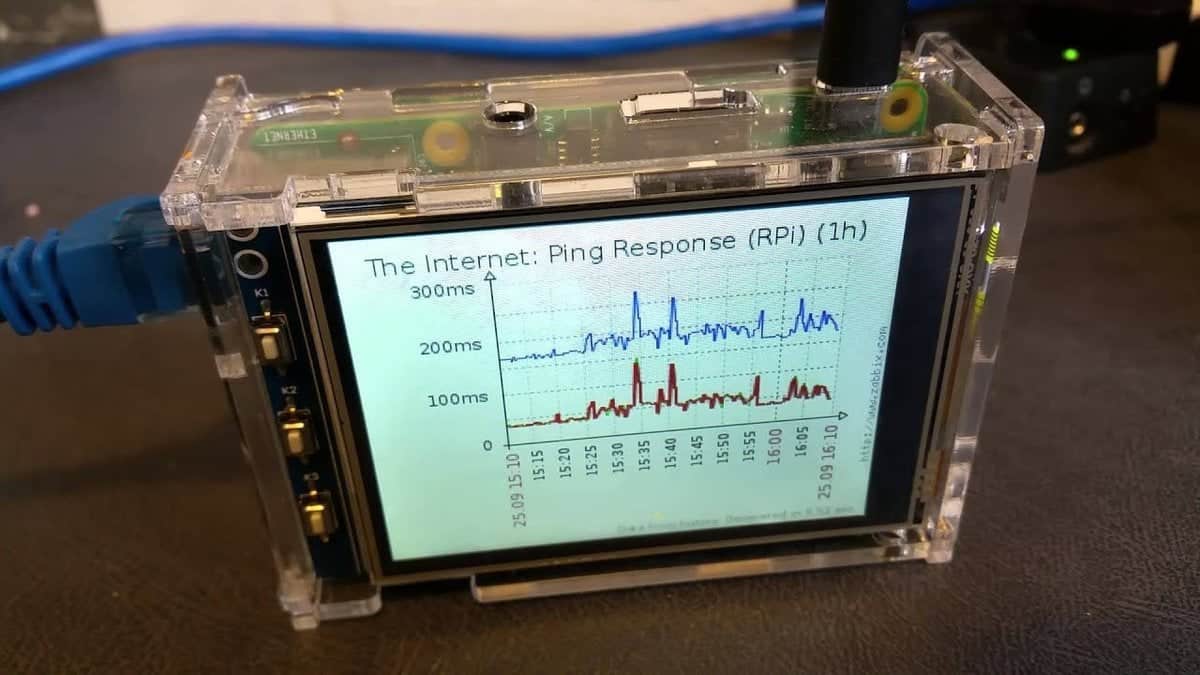Best Remote IoT Monitoring With Raspberry Pi: A Comprehensive Guide
In today's rapidly evolving technological landscape, remote IoT monitoring using Raspberry Pi has become one of the most sought-after solutions for businesses and hobbyists alike. The ability to remotely monitor and manage devices, sensors, and systems from virtually anywhere offers unparalleled convenience and efficiency. Whether you're managing a smart home, automating an industrial process, or developing innovative IoT projects, leveraging Raspberry Pi for remote IoT monitoring can revolutionize your operations.
As the demand for smart, connected devices continues to grow, so does the need for reliable and cost-effective monitoring solutions. Raspberry Pi, with its affordability, versatility, and robust community support, has emerged as a leading platform for IoT enthusiasts. In this article, we will delve into the world of remote IoT monitoring using Raspberry Pi, exploring its benefits, setup processes, and best practices.
This guide is designed to provide you with actionable insights and practical tips to help you create an efficient remote IoT monitoring system. Whether you're a beginner or an experienced developer, this article will equip you with the knowledge you need to get started and succeed in your IoT endeavors.
Read also:Trace Gallagher Biography The Journey Of A Renowned Journalist
Table of Contents
- Introduction to Remote IoT Monitoring
- Raspberry Pi Overview
- Why Choose Raspberry Pi for Remote IoT Monitoring?
- Setting Up Your Raspberry Pi for Remote IoT
- Key Components of Remote IoT Monitoring
- Best Practices for Remote IoT Monitoring
- Security Considerations
- Troubleshooting Common Issues
- Real-World Applications
- Conclusion and Next Steps
Introduction to Remote IoT Monitoring
Remote IoT monitoring refers to the process of collecting, analyzing, and acting upon data from interconnected devices and sensors in real time, all from a remote location. This technology enables users to gain insights into the performance and status of various systems, regardless of their physical proximity. The benefits of remote IoT monitoring are numerous, including enhanced efficiency, reduced operational costs, and improved decision-making capabilities.
By integrating Raspberry Pi into your remote IoT monitoring setup, you can take advantage of its powerful hardware and software capabilities. Raspberry Pi acts as a central hub, collecting data from sensors and transmitting it to cloud platforms or local networks for further processing and analysis. This setup is particularly advantageous for projects that require real-time data processing and low-latency communication.
Raspberry Pi Overview
Raspberry Pi is a series of small single-board computers developed by the Raspberry Pi Foundation. Initially designed as an educational tool to promote programming skills among students, Raspberry Pi has since evolved into a versatile platform for a wide range of applications, including IoT projects. Its compact size, low power consumption, and affordability make it an ideal choice for remote IoT monitoring.
Some of the key features of Raspberry Pi include:
- Quad-core ARM processor
- Multiple GPIO (General Purpose Input/Output) pins for connecting sensors and actuators
- Support for various operating systems, including Raspbian, Ubuntu, and specialized IoT-focused distributions
- Built-in Wi-Fi and Bluetooth connectivity
- Compatibility with a vast array of third-party accessories and modules
Why Choose Raspberry Pi for Remote IoT Monitoring?
When it comes to remote IoT monitoring, Raspberry Pi stands out for several reasons. Its open-source nature allows developers to customize the platform to meet their specific needs. Additionally, Raspberry Pi boasts a large and active community, providing ample resources and support for users of all skill levels. Below are some compelling reasons to choose Raspberry Pi for your remote IoT monitoring projects:
- Cost-Effectiveness: Raspberry Pi offers impressive performance at a fraction of the cost of traditional hardware solutions.
- Versatility: With its extensive range of input/output options, Raspberry Pi can interface with virtually any sensor or device.
- Scalability: Whether you're working on a small-scale project or a large enterprise deployment, Raspberry Pi can be scaled to fit your requirements.
Setting Up Your Raspberry Pi for Remote IoT
Hardware Requirements
Before diving into the setup process, ensure you have the necessary hardware components:
Read also:Bidens Tense Encounter With Press Unpacking The Dynamics Of Biden Snaps At Reporter
- Raspberry Pi board (preferably Raspberry Pi 4 or newer)
- MicroSD card with a minimum capacity of 16GB
- Power adapter compatible with your Raspberry Pi model
- Sensors and actuators relevant to your project (e.g., temperature sensors, humidity sensors, motion detectors)
- Network cables or Wi-Fi access for connectivity
Software Setup
Once you have all the required hardware, proceed with the software setup:
- Download the latest version of Raspberry Pi OS from the official website.
- Use a tool like Balena Etcher to flash the OS image onto your MicroSD card.
- Insert the MicroSD card into your Raspberry Pi and power it on.
- Connect to your Wi-Fi network by configuring the wireless settings in the Raspberry Pi OS.
Key Components of Remote IoT Monitoring
A successful remote IoT monitoring system typically consists of the following components:
- Sensors: Devices that collect data from the environment, such as temperature, humidity, or motion.
- Actuators: Components that perform actions based on received commands, such as turning on a light or adjusting a valve.
- Communication Protocols: Standards like MQTT, HTTP, or CoAP that facilitate data exchange between devices.
- Data Storage: Cloud platforms or local databases where collected data is stored for further analysis.
Best Practices for Remote IoT Monitoring
To ensure the success of your remote IoT monitoring project, consider the following best practices:
- Plan your project thoroughly, identifying the specific requirements and objectives.
- Select appropriate sensors and actuators that align with your project goals.
- Optimize your Raspberry Pi configuration for maximum performance and reliability.
- Regularly update your software and firmware to address security vulnerabilities and improve functionality.
Security Considerations
Security is a critical aspect of any IoT system. When implementing remote IoT monitoring with Raspberry Pi, take the following precautions:
- Enable secure communication channels using encryption protocols like SSL/TLS.
- Implement strong authentication mechanisms to prevent unauthorized access.
- Regularly monitor your system for suspicious activities and potential threats.
Troubleshooting Common Issues
Despite careful planning, issues may arise during the setup and operation of your remote IoT monitoring system. Here are some common problems and their solutions:
- Connection Problems: Ensure your Raspberry Pi is properly connected to the network and verify Wi-Fi settings.
- Data Transmission Failures: Check the configuration of your communication protocols and ensure all devices are functioning correctly.
- Performance Bottlenecks: Optimize your software and hardware resources to improve system performance.
Real-World Applications
Remote IoT monitoring with Raspberry Pi has been successfully implemented in various industries. Some notable applications include:
- Smart Agriculture: Monitoring soil moisture levels, weather conditions, and crop health to optimize farming practices.
- Industrial Automation: Managing machinery and production lines remotely to enhance efficiency and reduce downtime.
- Home Automation: Controlling smart home devices like lighting, thermostats, and security systems from anywhere in the world.
Conclusion and Next Steps
In conclusion, remote IoT monitoring using Raspberry Pi offers immense potential for innovation and efficiency. By following the guidelines and best practices outlined in this article, you can create a robust and reliable system tailored to your specific needs. Remember to prioritize security and continuously update your knowledge to stay ahead in the rapidly evolving IoT landscape.
We encourage you to take the next step by experimenting with your own Raspberry Pi-based remote IoT monitoring projects. Share your experiences and insights in the comments section below, and don't forget to explore other articles on our site for more exciting IoT content.
References:
- Raspberry Pi Foundation: https://www.raspberrypi.org/
- MQTT Protocol: https://mqtt.org/
- IoT Security Best Practices: https://www.nist.gov/
Article Recommendations


